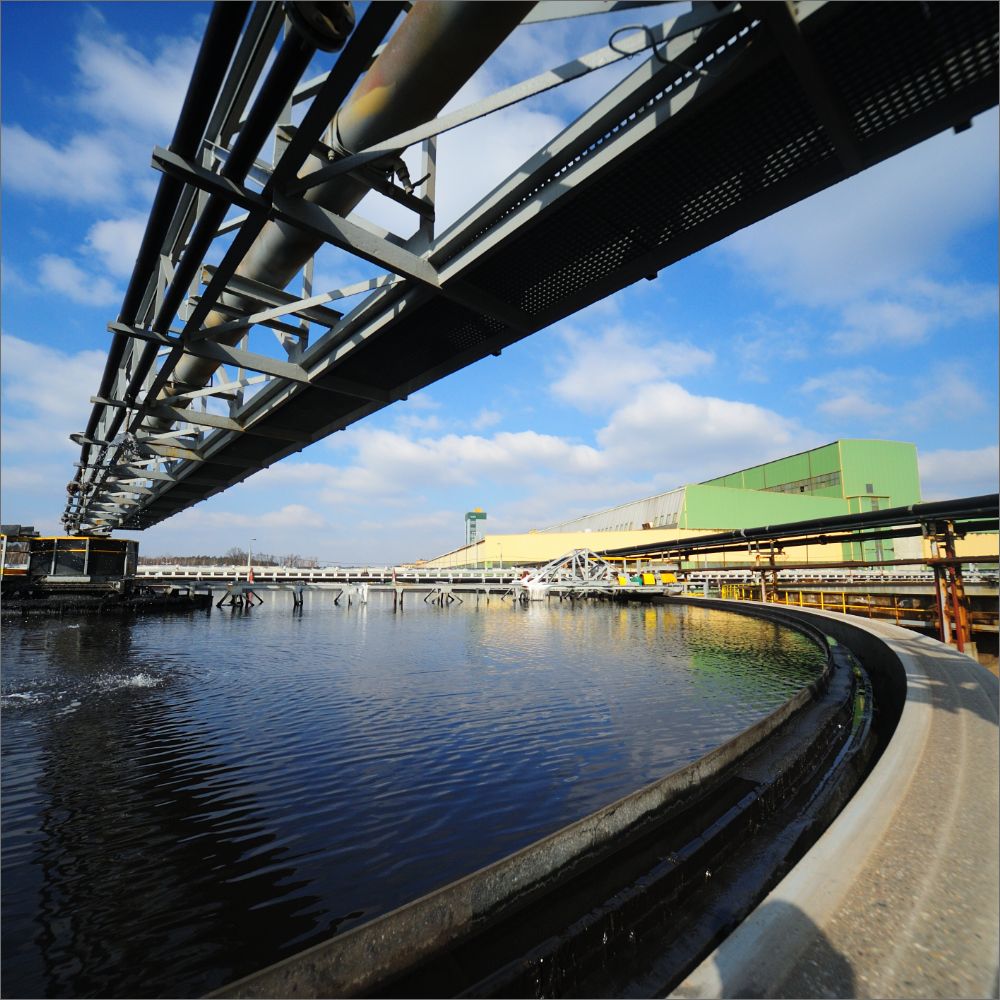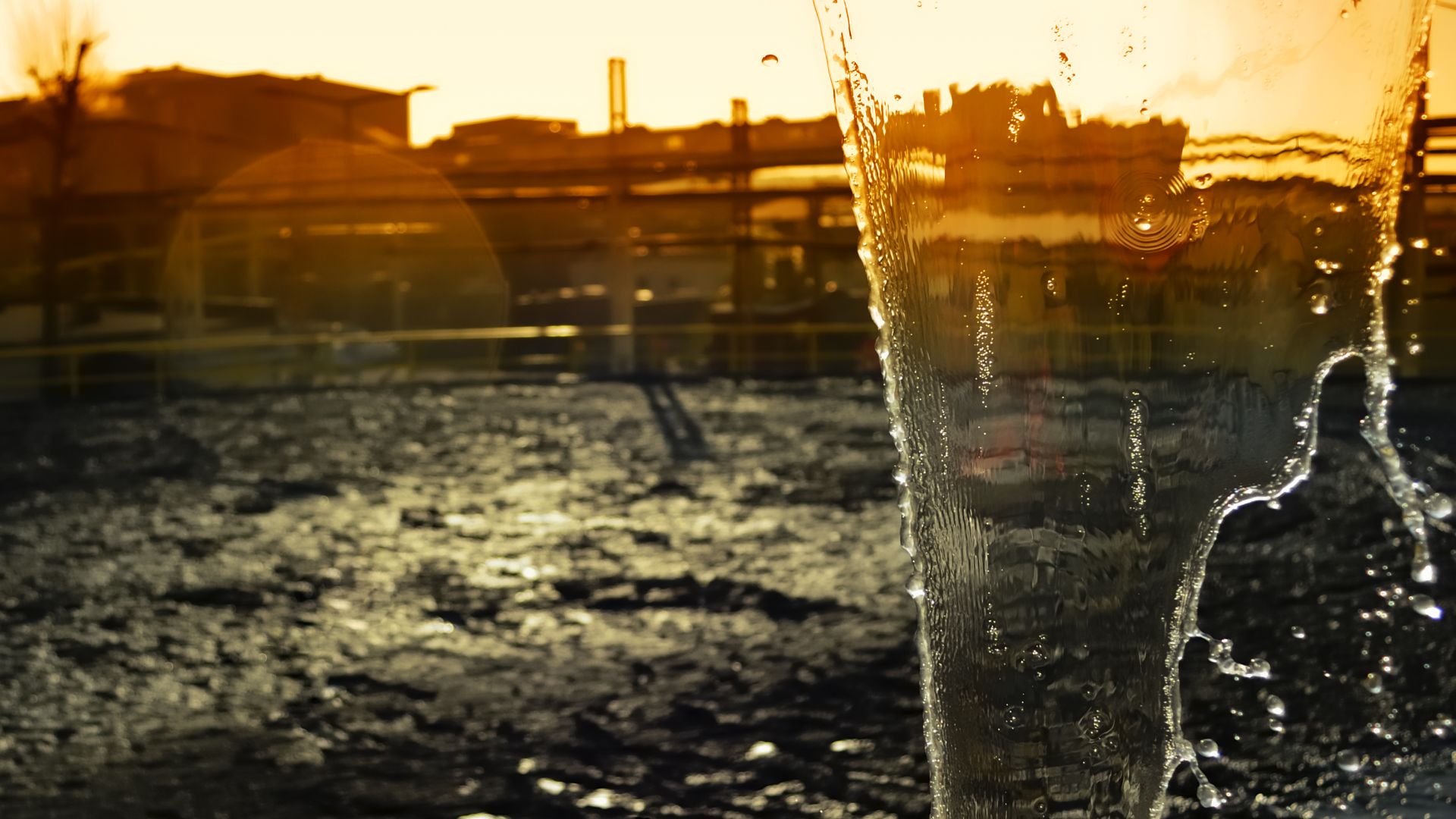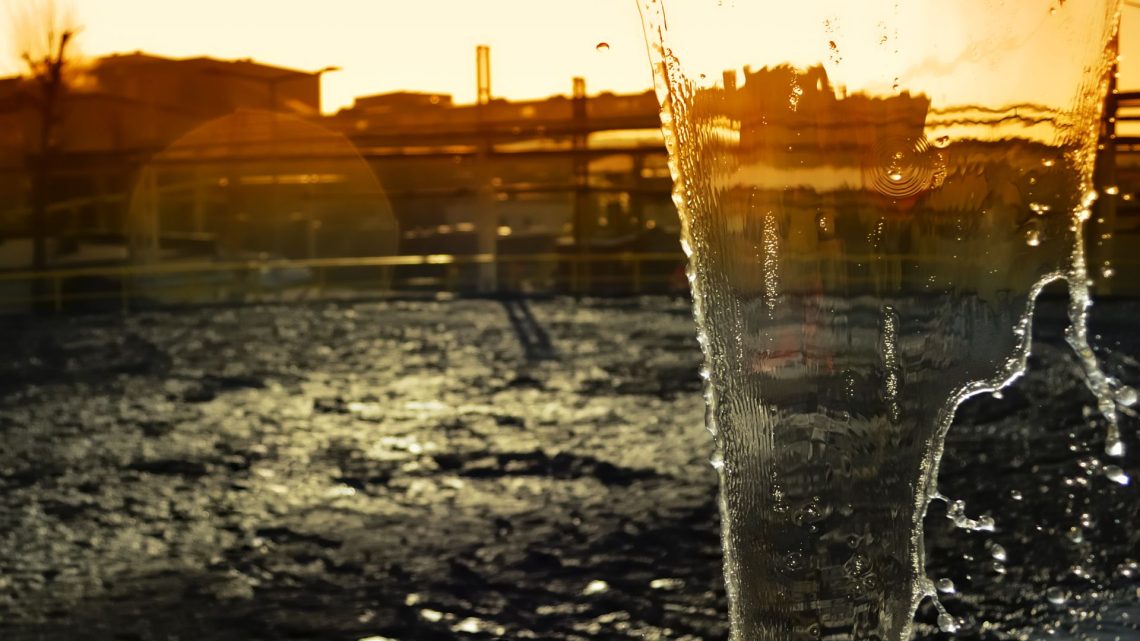- seeking and implementing solutions that allow utilisation of waste storage sites as secondary deposits,
- innovation, strengthening of cooperation between the Company and academic sector, and consequently implementation of innovative solutions related to a circular economy,
- participating in the growth of the market for secondary metallic raw materials and increasing the share of such materials in production,
- minimising the volume of post-production waste to residual waste levels.

-
3-3
-
306-1
-
306-2
-
306-3
The KGHM Polska Miedź S.A. Group implements the roadmap published on 24 September 2019 for the development of the Circular Economy in Poland The concept is composed of a broad range of measures presented in the diagram below:
Circular Economy concept
Waste is generated as a side effect of almost every industrial activity. The copper industry also generates huge amounts of post-industrial waste, since it requires multi-stage processing of ores to obtain useful final products.

The waste produced in KGHM Polska Miedź S.A. is managed in accordance with the principles set out in the Act on Waste of 14 December 2012 (Journal of Laws of 2013, Item 21, as amended), according to which all activities should be planned, designed and carried out in a way that prevents the generation of waste or minimizes the amount of waste generated. Waste, whose generation cannot be avoided, is first subject to recovery and, if that is impossible for technological, economic or environmental reasons, it is disposed of. Waste is stored only if other means of disposal are not available.
The largest stream of waste is flotation tailings, which represent approximately 94% of the mining output, or approx. 28 million tonnes annually. This waste is created in the flotation process, in which the main volume of waste rock extracted together with the ore is removed. The next stage of the core production line creating the second largest volume of waste is the pyrometallurgical process, which produces approx. 1.1 million tonnes of smelter slag. The third largest stream of waste from the Company’s activity is sludge from the Energetyka Sp. z o.o. effluents treatment plant: approx. 100,000 t/year. Other large waste streams include dust and sludge from flue gas dust removal systems – up to 50,000 t/year. The amount of waste generated in technological processes makes waste management one of the key issues associated with copper production, with impacts that are not just environmental, but also economic, technical and organisational.

Żelazny Most Tailings Storage Facility (TSF)
The Tailings Division in Rudna, within the structure of KGHM Polska Miedź S.A., operates the Żelazny Most Tailings Storage Facility (TSF) together with the Southern Quarter. The Żelazny Most Tailings Storage Facility is located in the Dolnośląskie Voivodship (in the territory of three municipalities: Rudna, Polkowice and Grębocice), in a valley between the Dalkowskie Hills in the upper catchment area of the Rudna River, which form a natural boundary on the west and south. Together with the Southern Quarter, it covers an area of approximately 2,100 hectares.
The Żelazny Most TSF together with the Southern Quarter is qualified as a project that may always have a significant impact on the environment, listed in § 2(1)(48) of Regulation of the Council of Ministers of 10 September 2019 on projects that may have a significant impact on the environment (Journal of Laws of 2019, item 1839).
The facility is used for management of waste from the flotation enrichment of copper ores.
In 2022, the execution of three phases of the Southern Quarter construction was completed and the Tailings Segregation and Compacting Station (using the hydro-cyclone technology) was commissioned. The area of the Southern Quarter is designed exclusively for depositing of thickened waste coming mainly from the Tailings Segregation and Compacting Station (TSCS), which is part of the expansion and reconstruction of the Żelazny Most Tailings Storage Facility.
The supernatant water collected at the Żelazny Most TSF is returned to the Ore Enrichment Plants and used in the flotation process, while the excess water is discharged into the Odra River on the basis of a water service permit granted by the decision of the Regional Director of the Water Management Board in Wrocław State Water Management, dated 5 May 2021.
The system of drainage of excess water from the facility consists of, among others, intake towers founded within the Main Facility (on the basin), from which water is discharged through inflow lines to two pumping stations located on the eastern side (Kalinówka Pumping Station) and on the western side (Tarnówek Pumping Station) of the facility.
- a precipitation survey at a meteorological station representative of the TSF location,
- testing of indicator substances and parameters in surface, effluent and groundwater from the list set out in the water qualification regulations,
- measurement of groundwater levels in observation wells,
- control of the TSF surface settlement based on established survey benchmarks,
- measurement of effluent water volume.
- ambient air,
- soil and plants,
- health status of livestock,
- health of children up to the age of 18,
- seismic monitoring.
- the volume of effluents discharged
- the quality of effluents discharged
- the quality of the Odra River water.
In 2022, 30,482,070 m3 of supernatant water was discharged from the Żelazny Most TSF into the Odra River.



Waste recovery
The directions and methods of recovery of waste generated by the Company’s installations depend on its material properties and the environmental impact of the process.
In the material recovery of waste, waste is used in whole or partially in mining technologies, as:
- a structural or building material,
- material for land reclamation purposes and for filling in post-mining voids,
- raw material for the production of abrasives.
Metal-bearing waste is subject to processes to recover and recycle the metals and metal compounds it contains.
- shaft slag from the Legnica Copper Smelter and Refinery and poured slag from the Głogów Copper Smelter and Refinery. In 2022, 496.1 thousand tonnes of poured slag, 128.5 thousand tonnes of granulated slag for batching and 184.2 thousand tonnes of shaft slag were used for the production of aggregate.
- coarse-grained copper ore flotation tailings are used to build the embankments of the Żelazny Most Tailings Storage Facility and the Southern Quarter (in 2022: 6.89 million tonnes);
- fine-grained flotation tailings are used to seal the bottom of the Żelazny Most Tailings Storage Facility (in 2022: 11.48 million tonnes);
- granulated slag from the Głogów Copper Smelter and Refinery is used at the Żelazny Most TSF for the construction of drainage layers in the waste mass and piers and embankments at the marina (in 2022: 37.4 thousand tonnes).
In the mines of KGHM Polska Miedź S.A., hydraulic backfill is used to fill mined voids (goafs). The main material used for this purpose is sand, but also granulated slag from the Głogów Copper Smelter and Refinery (in 2022, the Rudna Mine used nearly 6.1 thousand tonnes of slag for this purpose). Also, granulated slag of the appropriate fraction after drying is an excellent material for the production of abrasive materials used for blast cleaning of metal or concrete surfaces. In 2022, the Głogów Copper Smelter and Refinery supplied 110.65 thousand tonnes of slag for the production of abrasives.
The process of aggregate production based on the material supplied by KGHM’s smelters also permits a reduction of dust and gas emissions that would be released during the traditional process of aggregate creation. Over the past 10 years, KGHM Metraco S.A., a subsidiary of KGHM Polska Miedź S.A., has utilised approx. 10 million tonnes of slag, which means that it was not necessary to obtain this amount of raw material from natural deposits, and at the same time such a huge waste volume did not have to be stored. The aggregate produced by the KGHM Group was used for the execution of projects such as the construction of the S3, S5, S6 express roads, or the S11 express road, which is currently being built.
The waste generated during copper production is a valuable metal-bearing raw material and therefore large volumes are either fully utilized or stored with a view to recovery in the future.
Sulphuric acids produced at the Legnica Copper Smelter and Refinery, and the Głogów Copper Smelter and Refinery were recognised by administrative decisions as a by-product to be used at the Polkowice Concentrator Division in the enrichment process as an agent for decarbonisation of one of the process’ intermediate products.
The decarbonisation plant was commissioned in October 2022. It allows all dilute acids generated at KGHM Polska Miedź S.A. to be managed in an environmentally friendly manner.
Granulated slag is produced at the Głogów Copper Smelter and Refinery and has also been recognised by administrative decisions as a by-product that can be used for the construction of the Tailings Storage Facility in the compaction and construction process:
- of the loading embankments of the Żelazny Most Tailings Storage Facility
- for the construction of jetties and embankments on the jetty within the Żelazny Most Tailings Storage Facility
- for the construction of drainage layers (ring drains) in the waste mass at the Żelazny Most Tailings Storage Facility
- granules for the construction of linear drains for land drainage, road embankments, jetties/dykes, static embankments and embankment sidefill
- for road bases (as a frost-proof layer) and hard surfacing of unpaved roads
- for the construction of static embankments
- to complete the protective layer
-
306-3
| KGHM Polska Miedź S.A. – waste generated [306-3] | 2022 | ||
| Waste generated by group and treatment method | Group „01” – waste resulting from exploration, mining, physical and chemical processing of ores and other minerals | waste for recovery | 18,379,947 |
| waste for disposal | 10,337,397 | ||
| Group „10” – waste from thermal processes | waste for recovery | 1,129,846 | |
| waste for disposal | 26,893 | ||
| Other waste | waste for recovery | 75,738 | |
| waste for disposal | 15,392 | ||
| Total waste generated | Group „1” (total) + Group „10” (total) + Other waste (total) |
29,965,213 |
|
| KGHM Polska Miedź S.A. Group – Waste generated [306-3] | 2022 | ||
| Waste generated by group and treatment method | Group „01” – waste resulting from exploration, mining, physical and chemical processing of ores and other minerals | waste for recovery | 18,395,218 |
| waste for disposal | 103,632,558 | ||
| Group „10” – waste from thermal processes | waste for recovery | 1,190,284 | |
| waste for disposal | 26,896 | ||
| Group „19″ – waste from installations and devices used for waste management, from effluents treatment plants and from the treatment of drinking water and water for industrial purposes | waste for recovery | 89,576 | |
| waste for disposal | 73,372 | ||
| Other waste | waste for recovery | 172,992 | |
| waste for disposal | 417,432 | ||
| Total waste generated | Group „1” (total) + Group „10” (total) + Group „19” (total) + Other waste (total) | 123,998,328 | |

